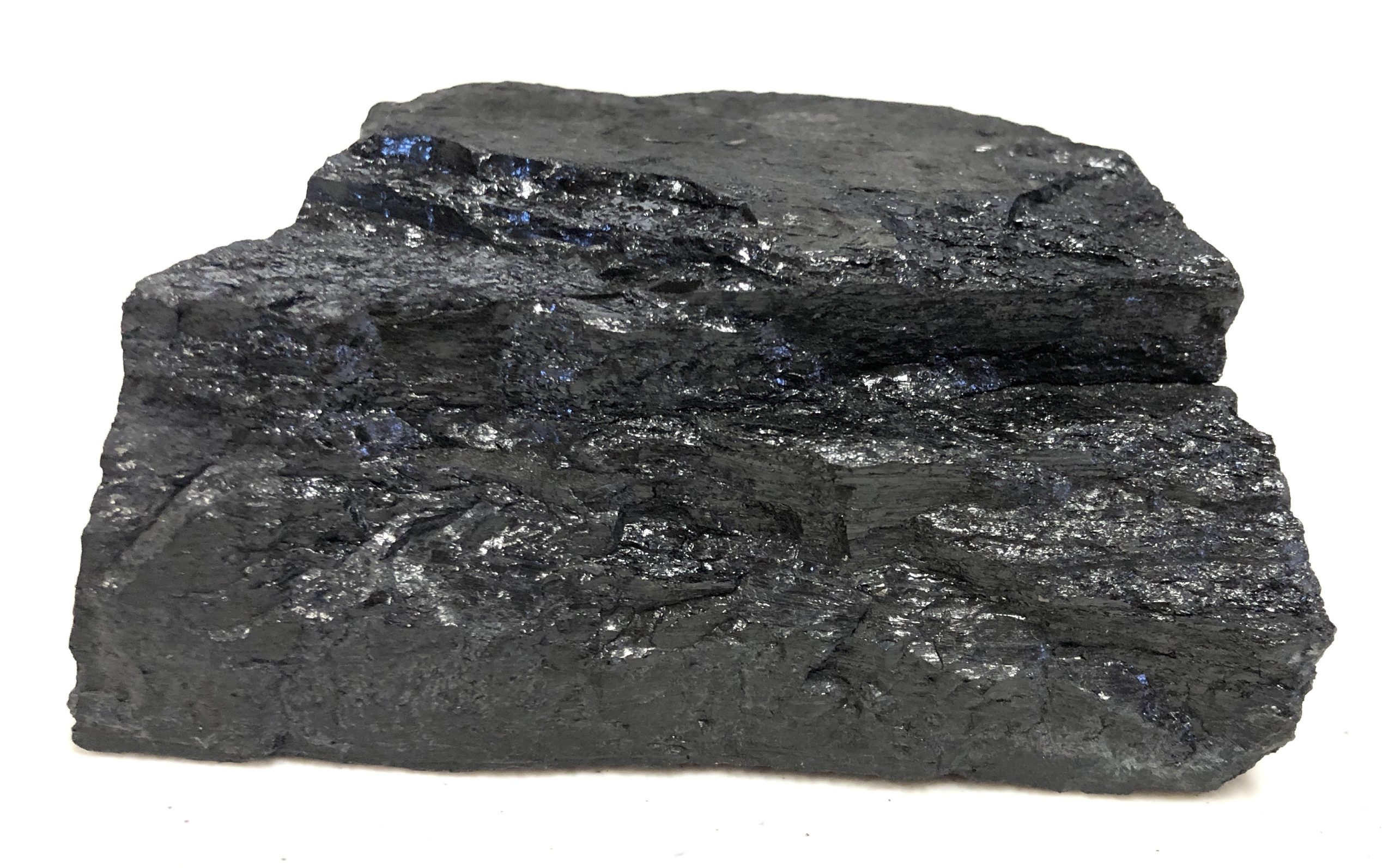

Illinois bituminous coal
RALPH WALDO EMERSON (1860) The Conduct of Life. III. Wealth — writing about coal:
“We may well call it black diamonds. Every basket is power and civilization. For coal is a portable climate. It carries the heat of the tropics to Labrador and the polar circle: and it is the means of transporting itself whithersoever it is wanted. … coal carries coal, by rail and by boat, to make Canada as warm as Calcutta, and with its comfort brings its industrial power.”
Central and southern Illinois sits on a vast bed of coal. This coal was first discovered by the French explorer, La Salle (René-Robert Cavelier, Sieur de La Salle) in 1679 area as he made his trip of discovery down the Mississippi River. LaSalle was the first recorded European to use coal for fuel.
In 1916 Carl Sandburg, American poet and Illinois native son wrote these words: Do you know that all the great work of the world is done through me? I am the workingman… — We think Sandburg’s words are a fitting introduction to this part of the project that studies coal mining communities in downstate Illinois, many of which have seen great labor struggles and various of which have memorials to the men who lost their lives by working in the mines or to labor violence. The plight of exploited miners and the labor battles that resulted are well presented in PBS’ “American Experience” Season 28, Episode 2: https://www.pbs.org/video/american-experience-coal-towns-mine-wars/
.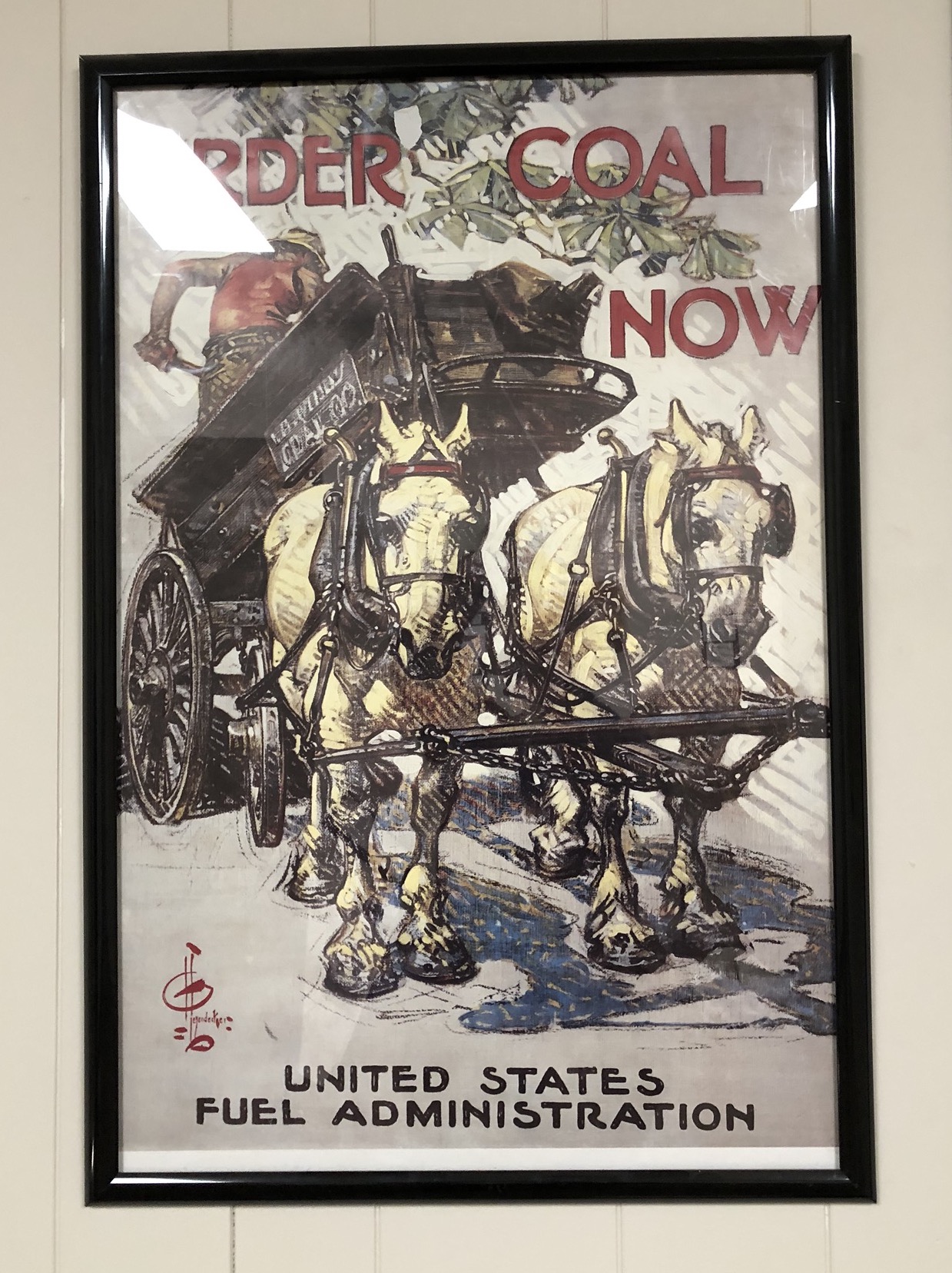
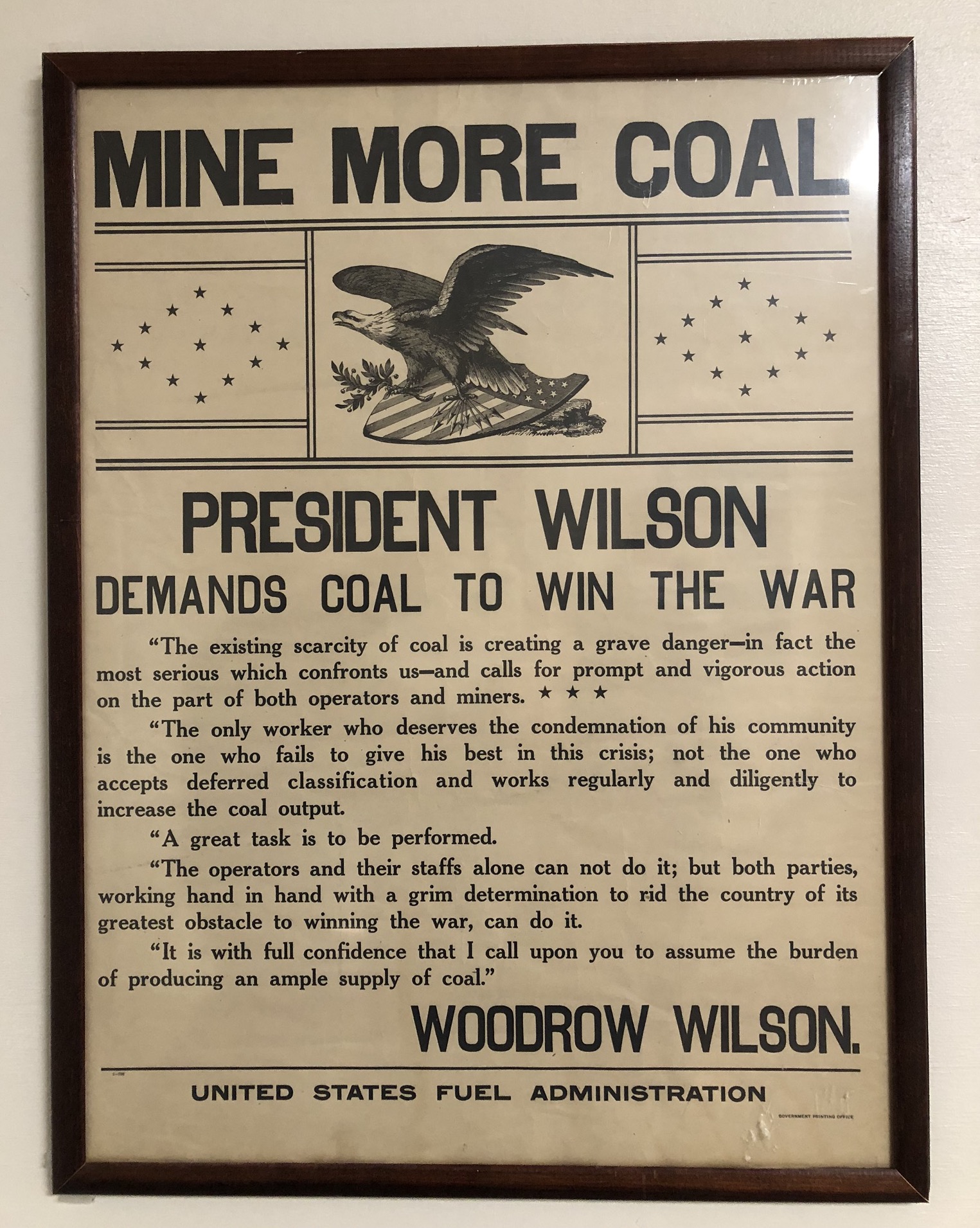
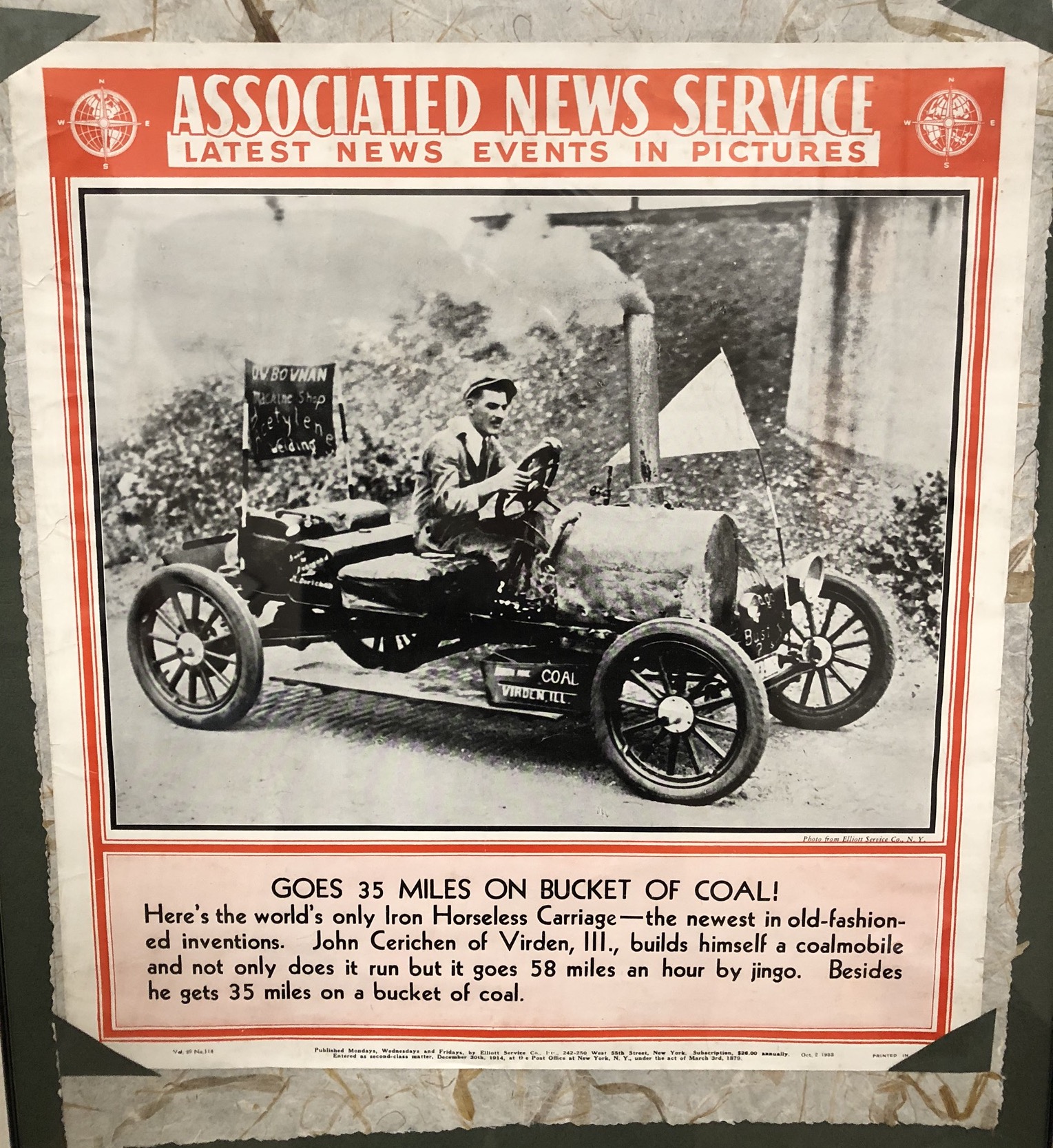
And yet miners did not abandon this profession, notwithstanding its physical danger, damage to their health, and abusive terms of employment. Roger Kratchovil of Mt. Olive, in an essay called “The Pride of Being a Coal Miner”, writes: “The coal miners loved working in the mines … [it] was part family tradition and part having a job. Danger lurked everywhere, lung diseases … could be your destiny … and there was always the dreaded threat of injuries … I have always found miners to be tough, brave, strong, and most importantly they always seem to stick together… they view dangers as just a part of the job and it serves as a bonding feature.” This pride is obvious in the pins sold at the Gillespie Coal Museum, which say: “If you ain’t a coal miner, you ain’t shit”
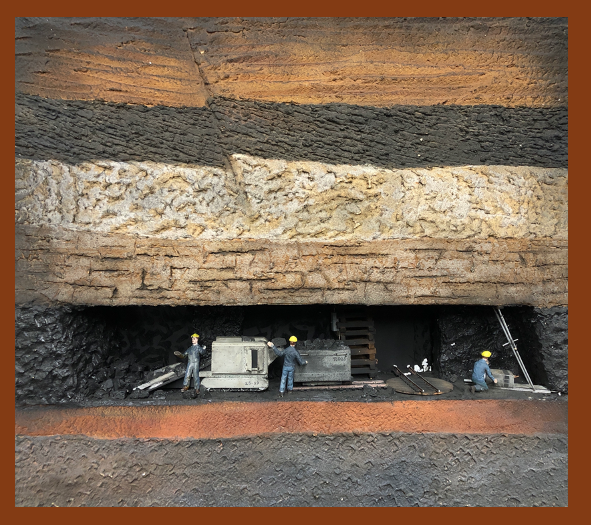
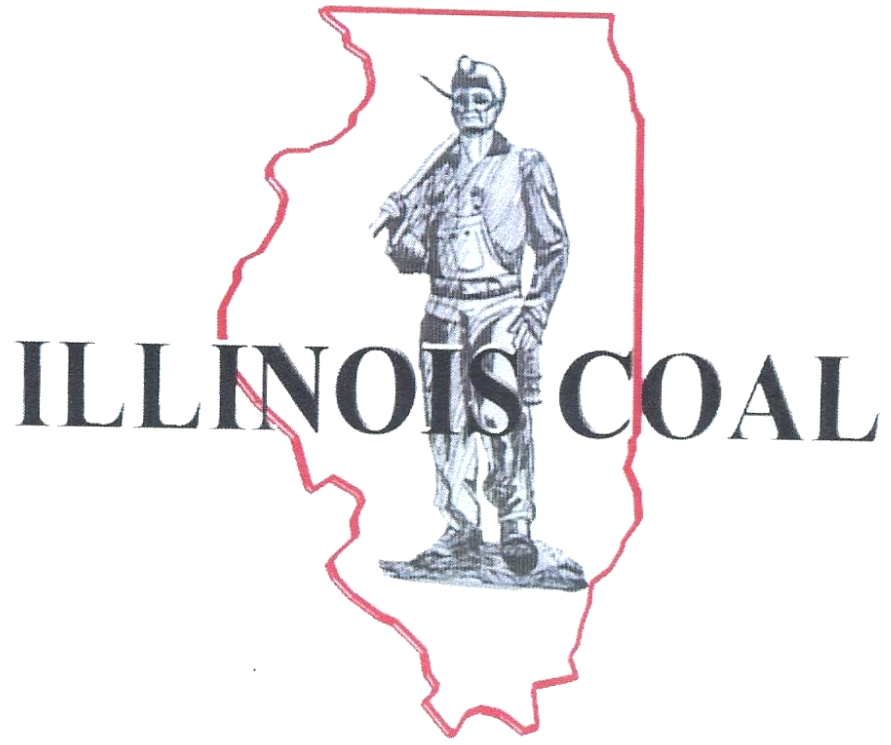 image from the 2017 DNR report
image from the 2017 DNR report
In 2009 Congress proclaimed December 6 as “National Miners Day” to honor miners past and present who “through their dedication and sacrifices have laid the groundwork for present improvements in mine safety and have ultimately improved the way of life for all here in the United States. The day remember[s] the lives lost, the time given and the dedication provided by both past and present individuals in the mining industry.” (illinoismininginstitute.org)
More major contributions of the University of Illinois to coal studies: The University of Illinois has a history of engagement with coal. Read Professor Helaine Silverman’s 2023 article, published in Illinois Heritage. Click here.
“Clean Coal” is possible: the Abbott Power Plant on campus!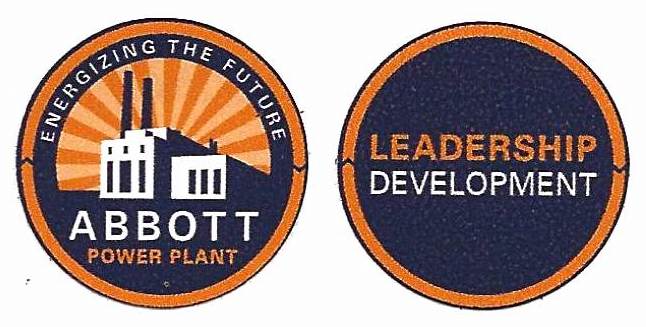
More major contributions of the University of Illinois to coal studies: 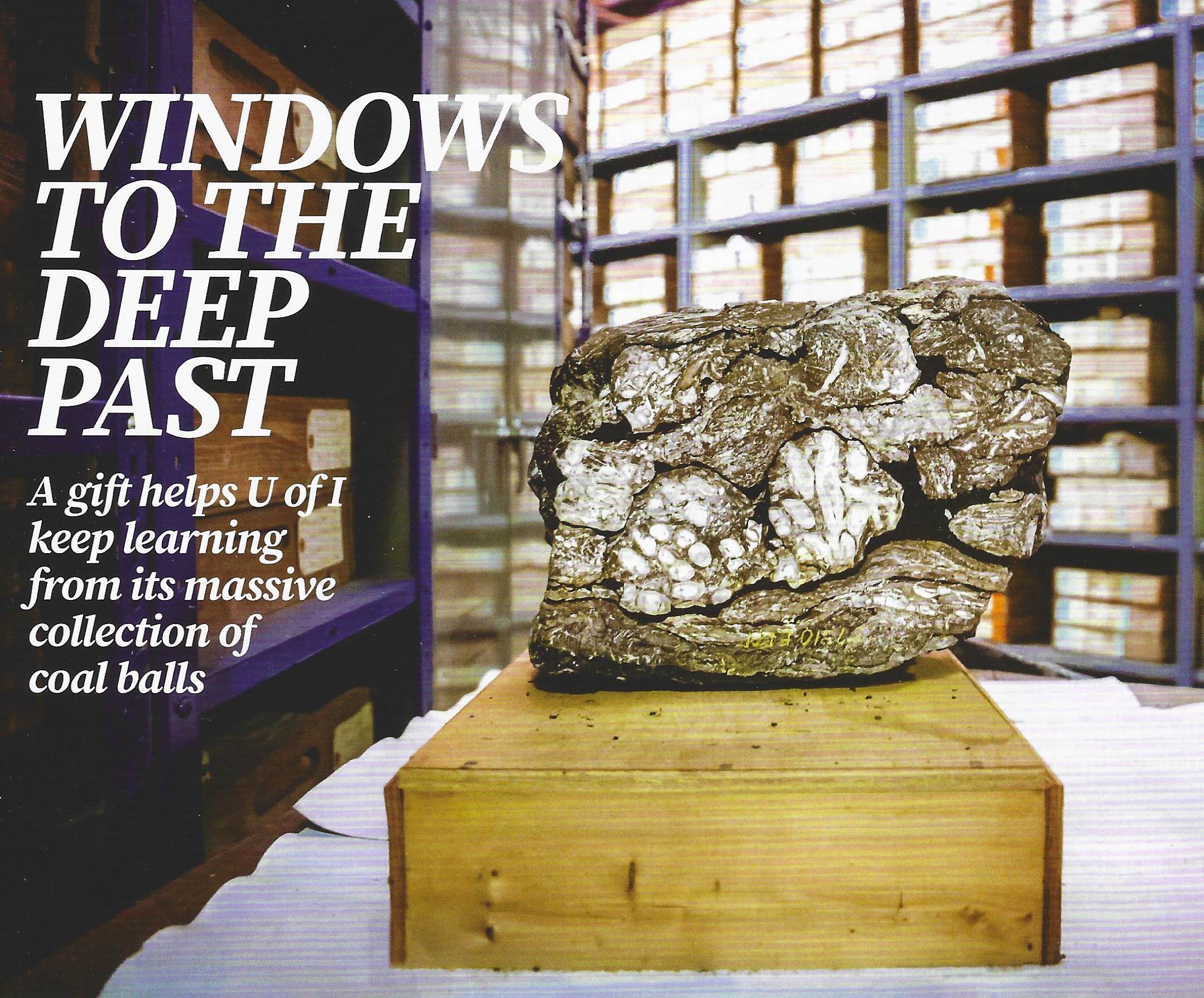 . AND SEE BELOW —>
. AND SEE BELOW —> 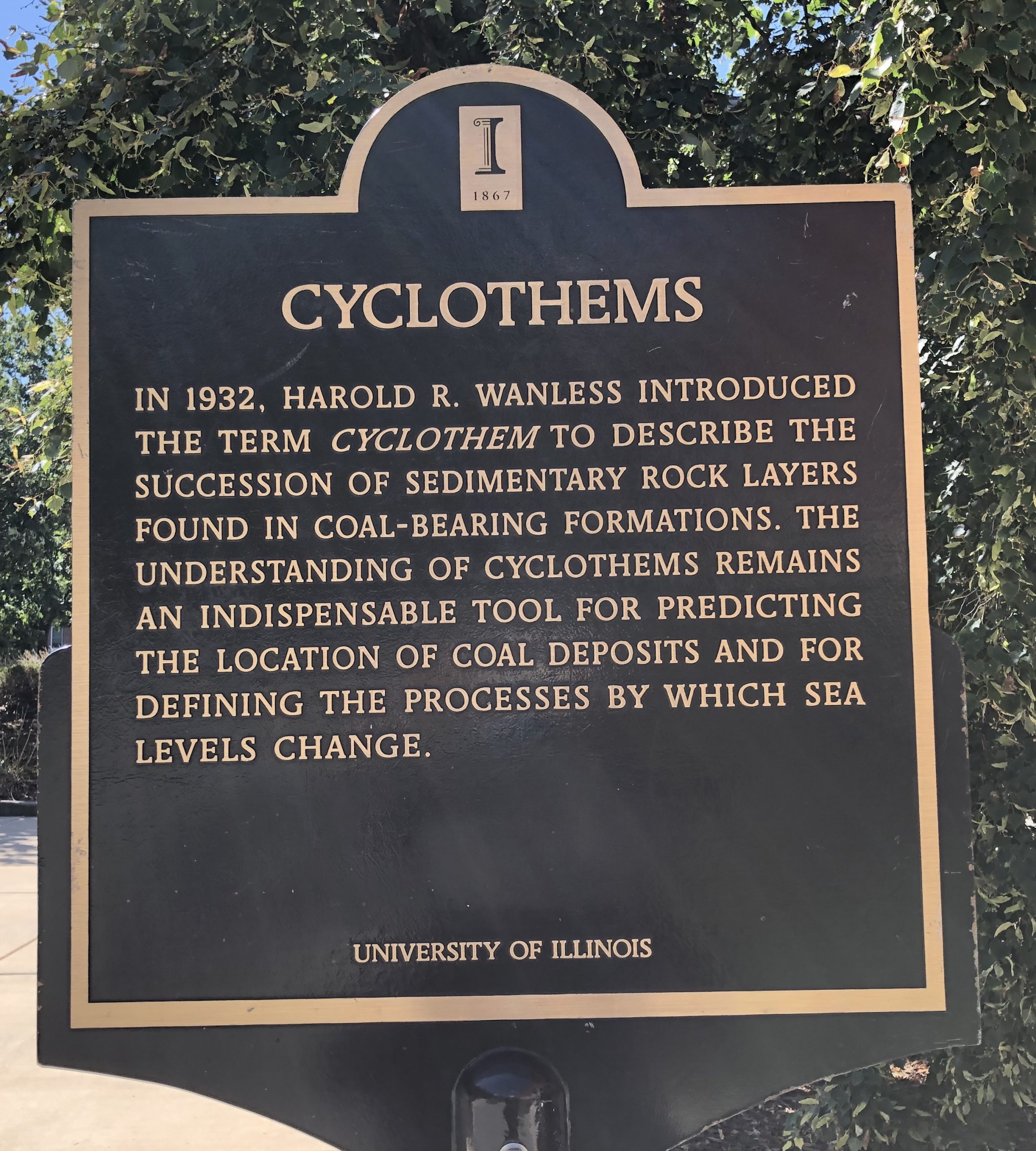
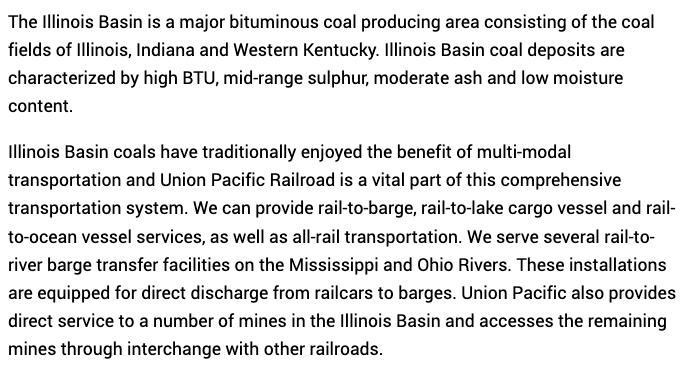

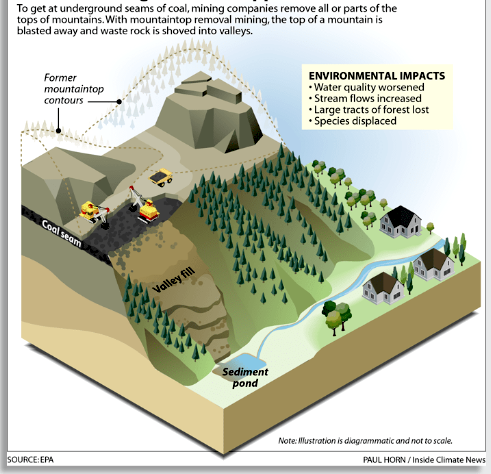
STRIP MINING AND THE ENVIRONMENT
On April 19, 2021 the United Mine Workers of America published an extraordinary statement in which it acknowledges the end of the coal era and the need to help coal communities transition to
the new energy economy. the new energy economy. 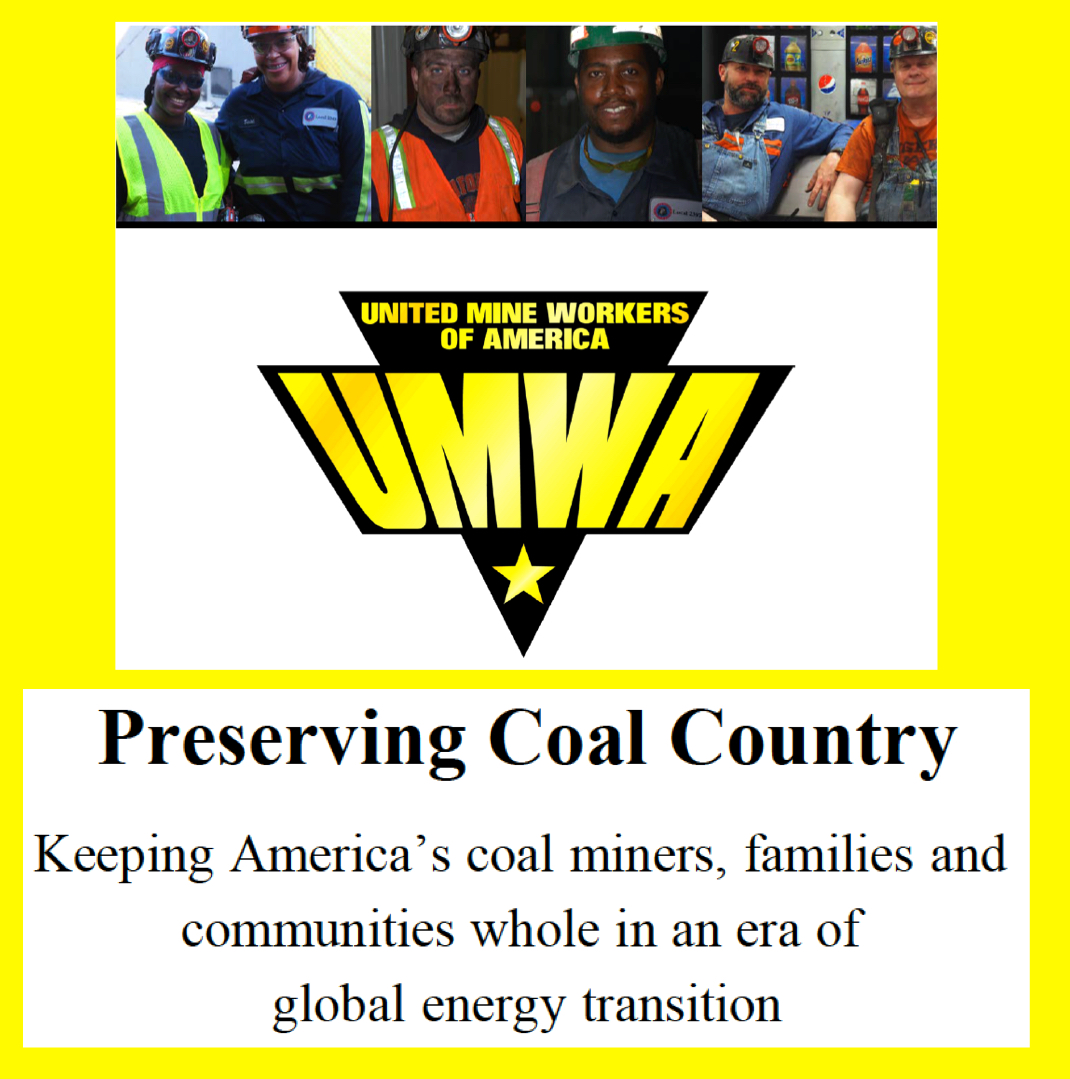
Read the statement and the response by economist Paul Krugman by clicking on the hyperlinks.
We call attention to these three articles:
https://extension.illinois.edu/blogs/building-entrepreneurial-communities/2019-09-04-beyond-coal-illinois-just-getting-started
https://ieefa.org/ieefa-u-s-mega-miner-peabody-concedes-american-coal-has-little-value-and-dim-future/
https://psmag.com/environment/does-coal-have-a-future-in-the-united-states
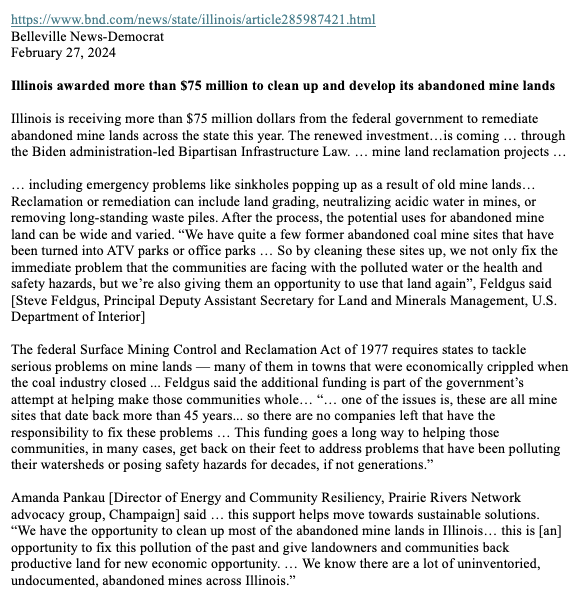
An excellent documentary by John Woodall (Principia College) presents the crisis of coal in Alton, on the Wood River, along the Mississippi River. This polluting industry must close and the major coal plant here did close. But it left a visually and environmentally blighted landscape in its wake with devastating consequences for the East Alton residents whose town lost its tax base, whose resident lost good paying jobs, and whose air and soil have been contaminated.
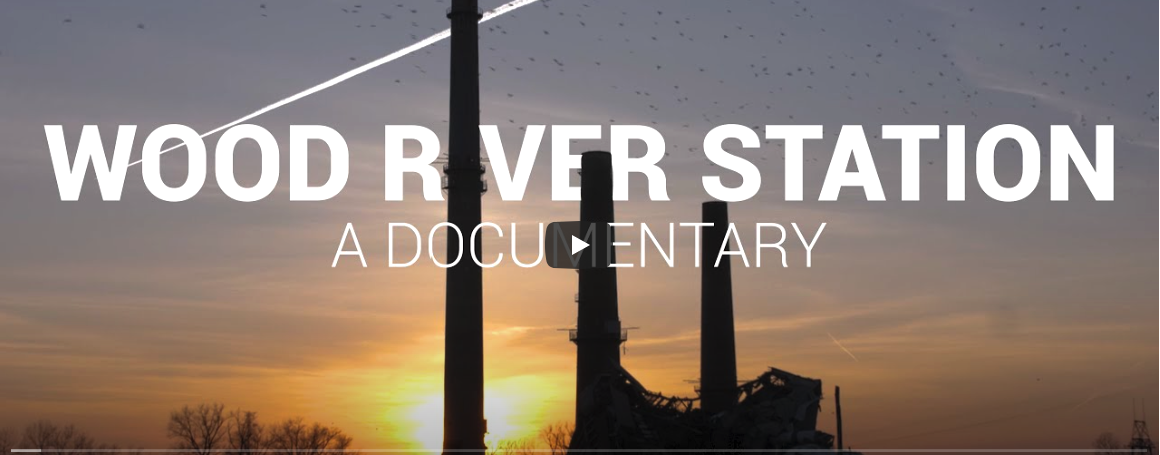

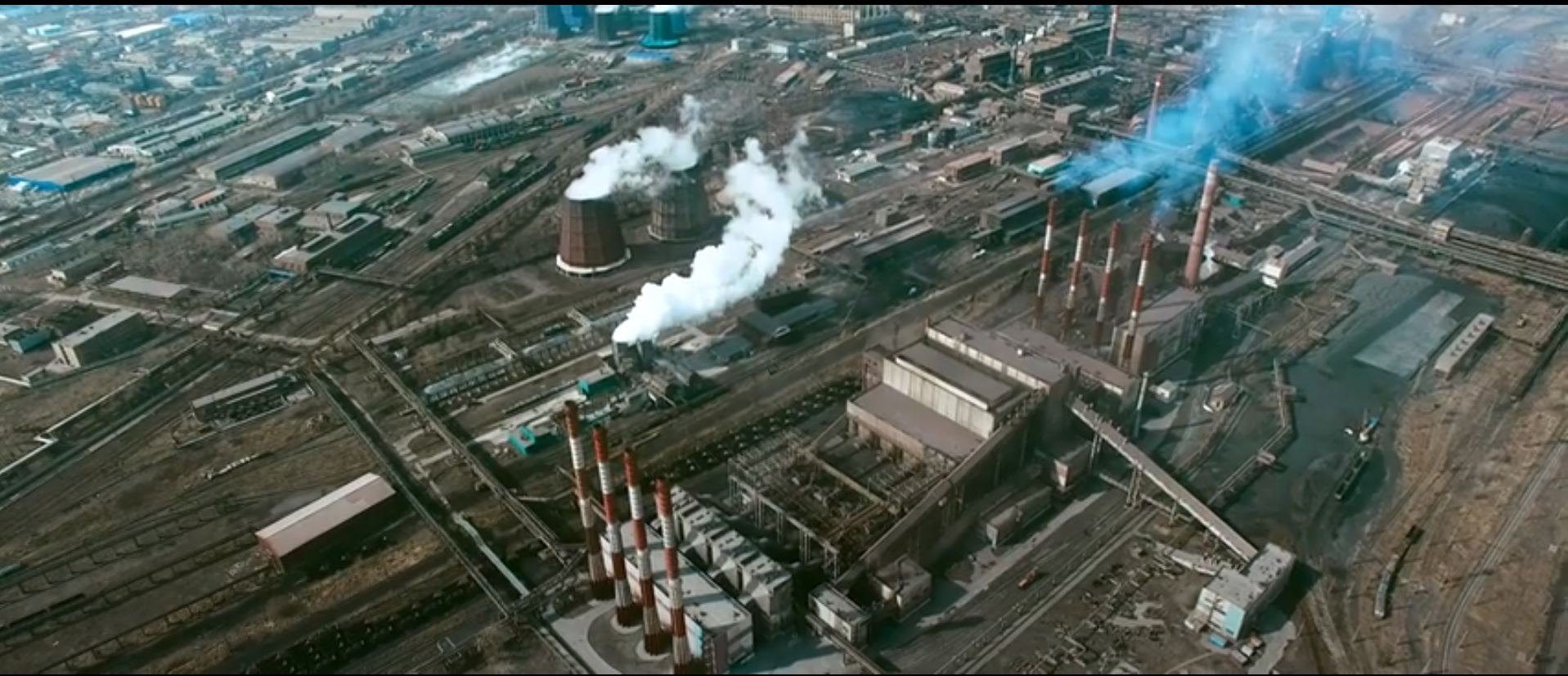
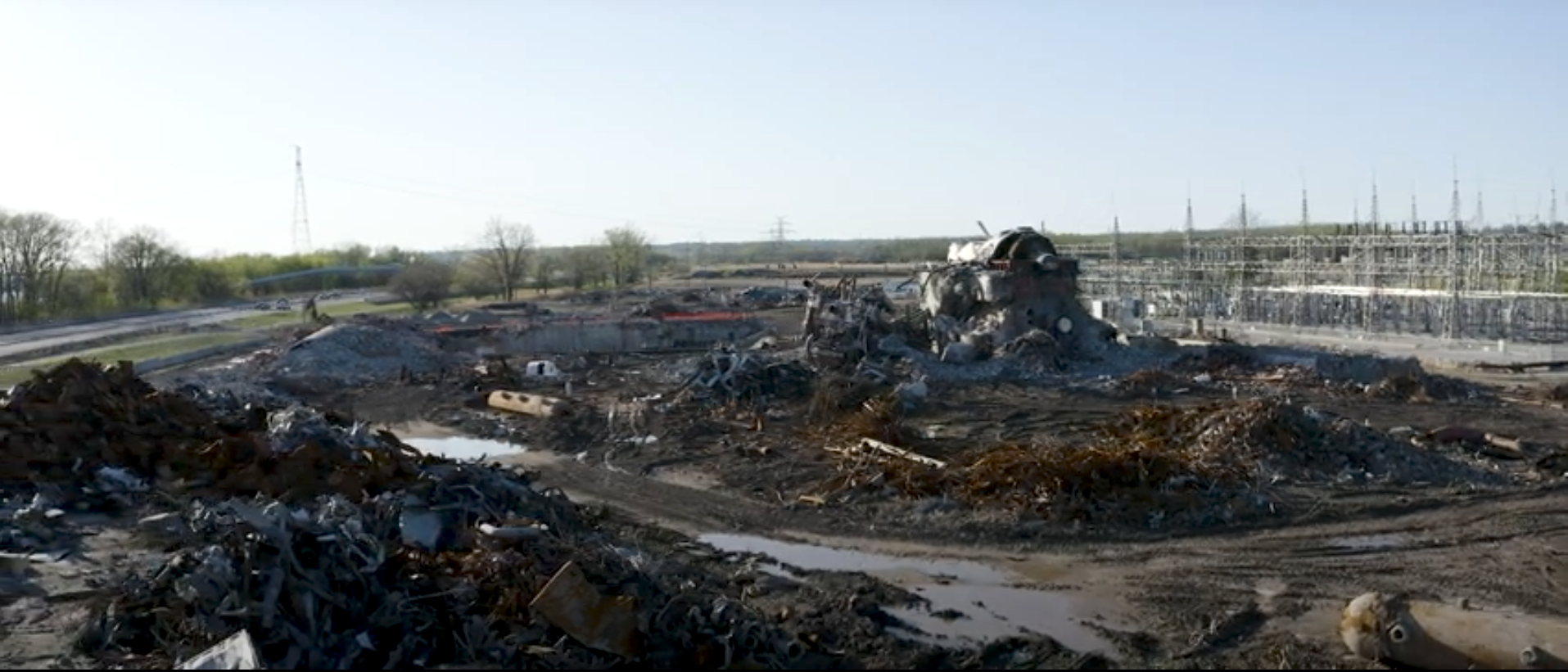
The 2021 United Nations Climate Change Conference (COP 26: October 31-November 12) issued yet another death knell for coal.
On the other hand, Prairie State Energy produced a compelling animation (2017) arguing that its community-owned coal plant is producing clean, sustainable energy in addition to jobs and contribution to the economy. They are based in Marissa, one of the coal towns of interest to our project. This is really interesting because Marissa also has adopted solar energy in some of the farm fields. Their video is worth watching: https://www.youtube.com/watch?v=i04Uk2LHJz4
Please pull down the coal towns tab in the main menu to visit the different coal mining communities in southern Illinois chosen by the project.
_____________________________________________________________________________
(We are pleased to acknowledge the Coal Country Times newspaper for the use of part of their masthead as the image for this page of the project website. Coal Country Times is the second largest newspaper in Macoupin County, reaching every home and business in the coal country of Gillespie, Benld and surrounding communities. Note the image of the black diamond — a reference to coal, made explicit by the profile of the miner.)

